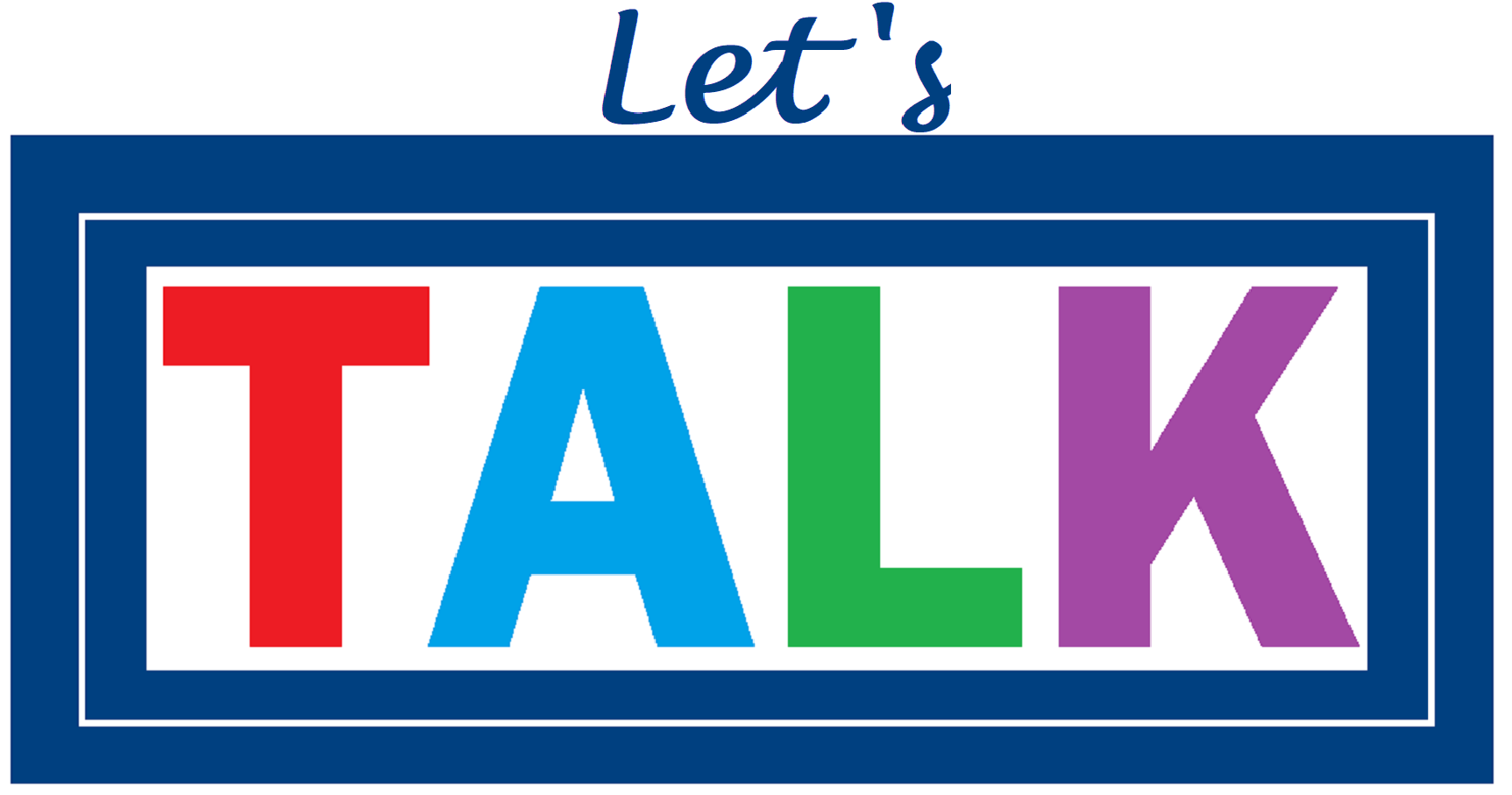Yes, they are better than concrete or asphalt!
By Bruce Bowman
How many square miles of lawn are there in the United States? Lawns in the US cover an area the size of Georgia! This equals just under 58,000 square miles of lawn. Can lawns have positive effects on mitigating climate change? Perhaps a better question to ask, given climate change is, can more be done with the acres of lawn around Glastonbury, around Connecticut and around the United States? The impacts of having lawns will vary depending on where you live. Lawns can be a symbol of affluence and require a degree of effort and resources to maintain.
The value of lawns is a matter of perspective. For many, it is the space to picnic on, socialize, exercise, to play competitive sports on, to play catch or tag with your children, to play with your pets, to sit with family and friends in comfortable Adirondack chairs with your favorite drink in hand and relax, or, for the current aesthetics of landscaping. Lawns have been said to be good for: carbon sequestration, minimizing heat gain, preventing erosion by wind and water, improving flood control, helping the breakdown of organic chemicals, reducing noise, providing wildlife habitat, and adding visual appeal. It may be of value to ask, compared to what will you find these benefits? Certainly, lawns are better than concrete or asphalt, but not necessarily compared to other land uses.
Key points to improve your lawns impact on the environment:
Have less of it! Plant more native trees and shrubs and perennials.
Water less, use drip irrigation.
Trade in your gas-powered machines for electric.
Mow less often. Create a lawn mullet.
Use no fertilizers, pesticides, or herbicides.
Check the ph of soil to optimize the ability of your lawn to use normally occurring nutrients.
Not everything about lawns is so rosy. Lawns can be resource intensive to maintain to their ‘proper’desired aesthetic. Consider the gas-powered lawn mower, pesticides, herbicides, and drinking water usage needed to ‘maintain’ care for our lawns.
Maintaining lawns can be quite destructive to the environment. Let us start with gas powered engines. The EPA calculates that we use two hundred million gallons of gasoline annually to power our mowers. I have noticed that, despite the best of intentions, I might spill some gas as I fill up my mower. That does not seem like much but taken together in the U.S. we spill about seventeen million gallons of gas annually just filling up our mowers! When the Exxon Valdez ran aground in Alaska it spilled roughly eleven million gallons of oil and was an environmental disaster! Thus, we spill annually 1.5 x more gasoline on filling our lawn mowers than was spilt by the Exxon Valdez! Gasoline is toxic, causes cancers and when burned can add to asthma and lung diseases, gasoline creates greenhouse gases that accelerate climate change.
We water these 58,000 square miles of lawn in the US with three trillion gallons of drinking water per day! Lawns, of course, also take in and use rainwater where available. On average, this equates to water usage of 30% of a household’s daily water consumption. Areas of the country with extreme drought are taking drastic measures to eliminate lawns altogether and conserve water in other areas to fight fire risk. We should change land use practices and use grey water for irrigation.
The United States uses seventy million pounds of pesticides and herbicides in lawn care products. This is to the utter cash delight of corporations like Monsanto, Syngenta Ag, Cargill, Bayer Corp. amongst others who would love for you to buy more of their products to have the ‘perfect’ lawn. These chemicals are a source of pollution and carry a risk of birth defects, cancer, neurologic impairment, and other health risks. They also eliminate our pollinators and can destroy habitat.
Split your desire for a manicured lawn and help the environment by creating a lawn mullet! A mullet haircut is two grooming styles, short in one area and long in another. So, groom a small section of your lawn to your desired aesthetic and elsewhere allow it to grow long. Some of the benefits of this are: attracting birds and pollinators, improving the drought resistance of your lawn by having a longer and healthier root system. You will not burn as much gas as you are mowing less.
We need to balance our cultural needs for lawns and develop an understanding of the negative aspects of lawns. By understanding the negative aspects, we can appreciate the need to downsize our lawns. We need to be more proactive in our actions to protect the environment. Having lawns and maintaining them by current standards is not sustainable. In the spring remember ‘No Mow May, and do not mow in the month of May to help early pollinators. In the fall, ‘Leave the Leaves’ to provide habitat for pollinators to winter over.
The members of TALK Environment group seek to promote conversations about environmental topics impacting our community. Send your ideas and suggestions for future articles to: prez@talk-action.org. All articles are archived on the TALK website https://talk-action.org.
